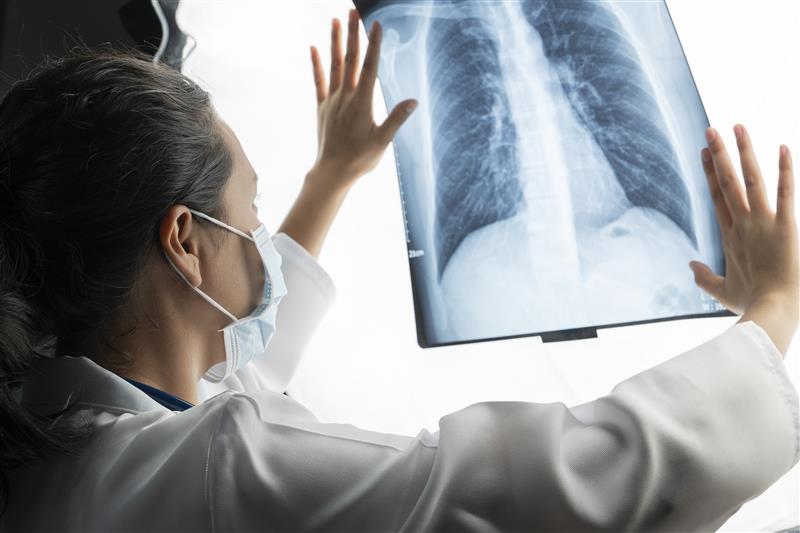
Why Lung Cancer is The Silent Killer, We May Not Be Aware Of
15 May 2025
How Deadly is Lung Cancer?

Lung cancer is the third most common cancer in both men and women in Singapore, according to the Singapore Cancer Society. It is also the leading cause of cancer deaths in Singapore for men, accounting for 26.4% of cancer deaths and 15.7% in women. These statistics show how deadly lung cancer is and the importance of early detection.
There are several risk factors for lung cancer, with smoking being the most significant. Exposure to secondhand smoke also poses a substantial risk. Other contributing factors include having a family history of lung cancer, as well as exposure to environmental pollutants and chemical toxins.
Why Awareness and Recognising Symptoms Are Important
Common symptoms include a persistent cough, chest pain, shortness of breath, bloody phlegm, wheezing, hoarseness, recurring chest infections, unexplained weight loss, and general weakness. Unfortunately, many of these symptoms are quite common and may be mistaken for other, less serious conditions, such as a respiratory infection or a lingering cold.
This lack of distinctive symptoms in the early stages of lung cancer is a major reason why the disease is often diagnosed late. By the time noticeable symptoms appear, the cancer has often progressed or metastasised, making treatment more challenging. This is why awareness and regular screenings are essential, especially for high-risk individuals.
Screening for Early Detection of Lung Cancer

Lung cancer screening is one of the most effective ways to detect lung cancer early, especially for high-risk individuals, such as smokers or those with a family history of the disease. Screening options include low-dose computed tomography (CT) scans, which are more effective than chest X-rays in detecting lung cancer at an early stage — and early detection significantly improves the chances of successful treatment.
Other diagnostic methods for lung cancer include chest X-rays, sputum cytology (analysing mucus for cancer cells), and bronchoscopy, which allows doctors to look directly into the lungs. Those at high risk should consult their doctor or specialist to determine whether they are eligible for screening.
Treatment Methods for Lung Cancer
Treatment options for lung cancer vary depending on the stage of the cancer and the patient’s overall health. The two main types of lung cancer are Non-Small Cell Lung Cancer (NSCLC) and Small Cell Lung Cancer (SCLC). NSCLC spreads more slowly and is more common, while SCLC is less common but tends to spread more rapidly.
The main treatment methods for lung cancer include surgery, chemotherapy, radiation therapy, targeted therapy, or immunotherapy. Depending on the stage and nature of the cancer, the doctor may prescribe one type of treatment or a combination of a few.
Early detection of lung cancer significantly increases the effectiveness of these treatments, which is why timely screening and symptom recognition are crucial.
How Insurance Can Help With Lung Cancer Treatment

Lung cancer treatment can be costly, often involving multiple hospital stays, surgeries, and medication. The financial burden can be overwhelming, but health insurance can help ease these expenses.
Integrated Shield Plans (IPs) can cover hospitalisation costs, including stays in private hospitals or higher-class wards in public hospitals. IPs can provide significant financial support, allowing patients to focus on their treatment rather than worrying about medical bills.
Critical Illness Plans provide a lump-sum payout upon diagnosing critical illnesses like lung cancer. This payout can cover treatment, recovery, or non-medical expenses like lost income during recovery.
Don’t Let Cost Hinder Your Decision to Get Screened
The importance of early action cannot be overstated. Be proactive about your health by recognising potential symptoms, getting screened if you are at risk, and ensuring adequate insurance coverage to manage potential treatment costs. The earlier lung cancer is detected, the better your chances of successful treatment.
If you are unsure about the extent of your current insurance coverage, use our Coverage Checker to find out more.
Staying informed and ensuring you have the right health insurance coverage can help you manage healthcare costs effectively and focus on your health and recovery.




